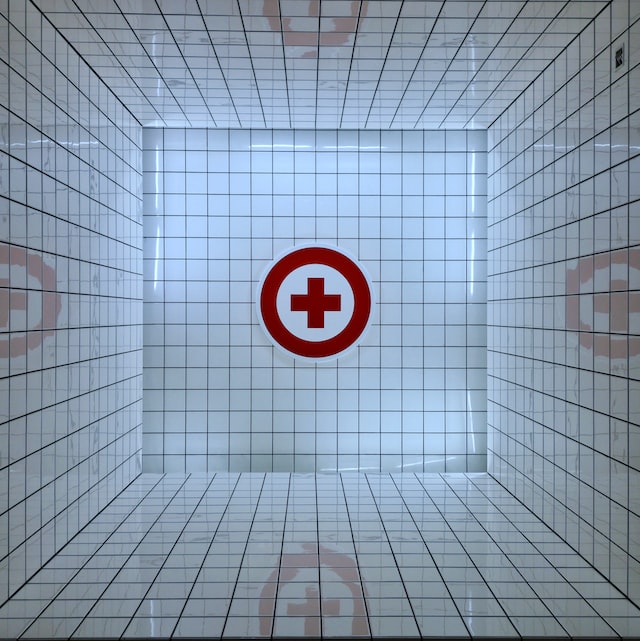Clinics are typically focused on primary care, while hospitals offer more specialized, secondary care. Clinics are also usually smaller and less expensive than hospitals.
What is a clinic?
A clinic is a medical facility that is smaller in scale than a hospital. Clinics typically provide outpatient care, which means that patients are seen and then discharged on the same day, rather than being admitted for an overnight stay. Clinics also tend to offer a more limited range of services than hospitals. For example, while many clinics offer primary care services such as family medicine or paediatrics, they may not have specialized heart disease or cancer departments.
What is a hospital?
A hospital is a larger, more comprehensive medical facility than a clinic. Hospitals offer more services and have more staff and resources than clinics. In addition to primary care, hospitals provide speciality care, surgery, lab and imaging services, and inpatient care.
The difference between a clinic and a hospital
Clinics are typically much smaller than hospitals and offer a more limited range of services. Clinics also tend to be less expensive than hospitals, making them a more affordable option for patients without insurance or those with high deductibles.
Hospitals, on the other hand, offer a wider range of services and have more resources than clinics. They also usually have a higher staff-to-patient ratio, which can make them a better choice for complex medical care or emergencies.
The medical staff
The medical staff at a clinic are typically made up of general practitioners, nurses, and other support staff. The staff at a hospital are usually more specialized, with doctors who have specific training in different areas of medicine. Hospital staff may also include surgeons, anesthesiologists, and other specialists.
The type of care and services
Primary care clinics provide general medical care for routine health concerns and can refer you to specialists if needed.
Urgent care clinics provide walk-in services for minor illnesses and injuries that are not life-threatening.
Emergency rooms provide 24-hour care for life-threatening conditions.
Inpatient facilities provide long-term care for serious conditions that require constant monitoring and treatment.
The cost
There is a big difference in the cost of running a clinic versus a hospital. It costs far more to maintain a hospital because of the 24/7 operation, the need for specialized staff and equipment, and the overhead costs associated with running a larger facility. For example, according to CNBC, it costs an average of $2.7 million per day to operate a small hospital with 50 beds. In contrast, clinics typically only have a few medical professionals on staff and are only open during regular business hours. This means that they have much lower operating costs than hospitals.
The price difference between clinic and hospital care can be significant. A 2017 study from the University of Michigan found that outpatient clinic visits cost an average of $50 less than hospital outpatient visits. When it comes to inpatient care, hospitals charge significantly more than clinics. The same University of Michigan study found that the average cost of an inpatient stay at a hospital was $2,564, while the average cost of an inpatient stay at a clinic was just $1,049.
So, what does this all mean for you? If you need non-emergency medical care, it’s generally cheaper to visit a clinic than a hospital. However, if you require emergency care or need to be admitted to a facility for treatment, you’ll likely have to go to the hospital.
Photo by Enric Moreu on Unsplash








